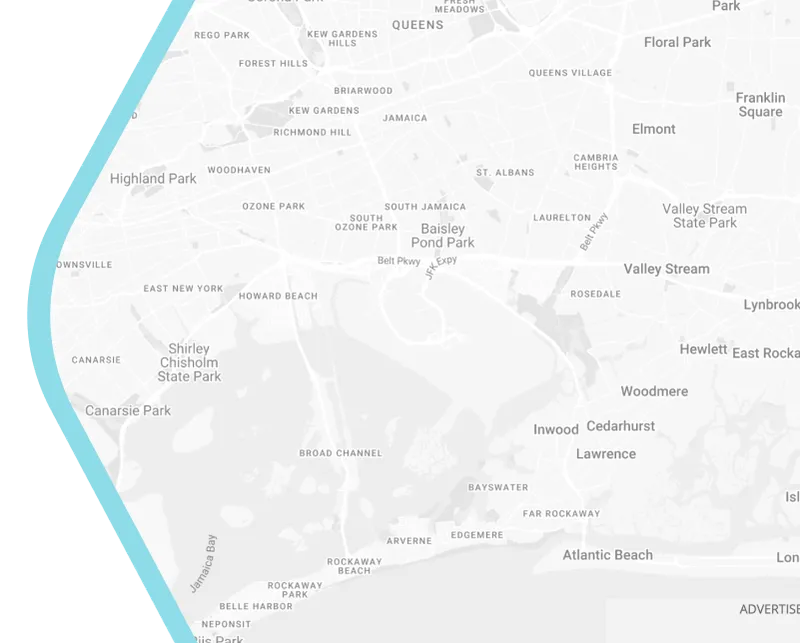
Preserving Identity of Place: Beijing’s Successful Urban Renewal
Land commodification and housing marketisation as a result of industrialisation in Chinese cities have pushed many traditional villages out of the market to make room for more profitable high-rise development. Architect Wu Liangyong pushed back by using the organic renewal concept, to repair the traditional courtyard houses in the Ju’er Hutong project. This project was a collaboration between authorities, academic institution, designer and the general public.
The main objective is to rehabilitate the traditional housing that has a strong spirit of communal identity with its unique hierarchy between the different spatial scales of the village design —public, semi-public, private. This project prevented the complete replacement of the 8.2 hectare area at a time when the importance of traditional neighborhoods and the need to preserve the identity and spirit of places were suffocated by a priority for economic profit.
Reference:
Hamama, B., Repellino, M. P., Liu, J., & Bonino, M. (2021). Transformative Factors of Post-Industrial Urban Spaces in China and Italy. In Towards Socially Integrative Cities (Vol. 8). MDPI, Basel.
